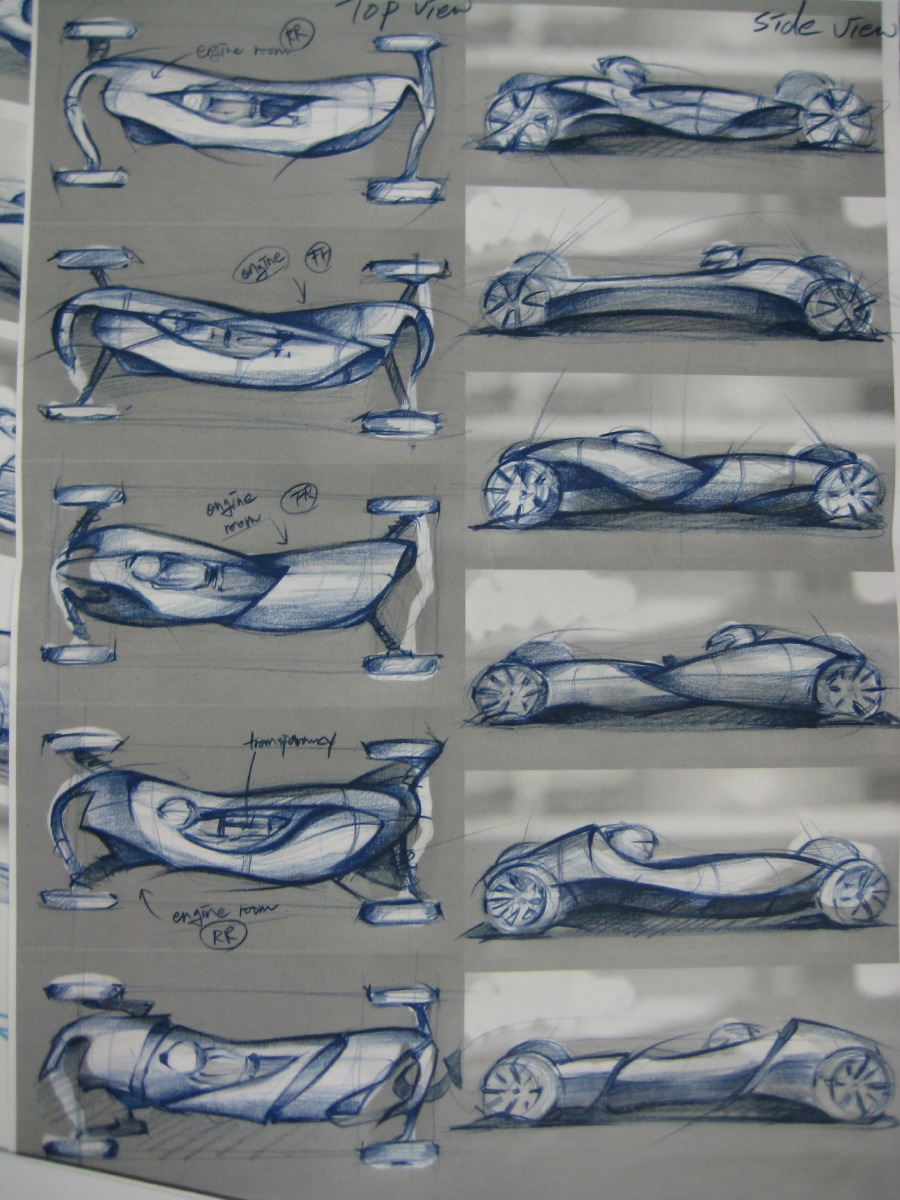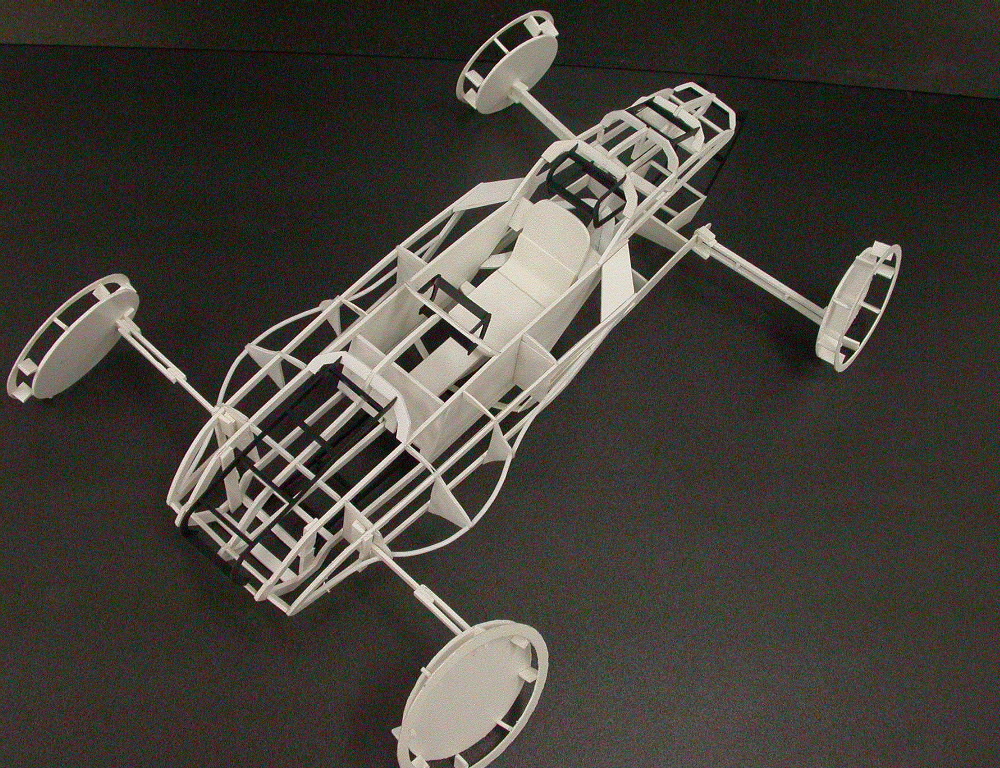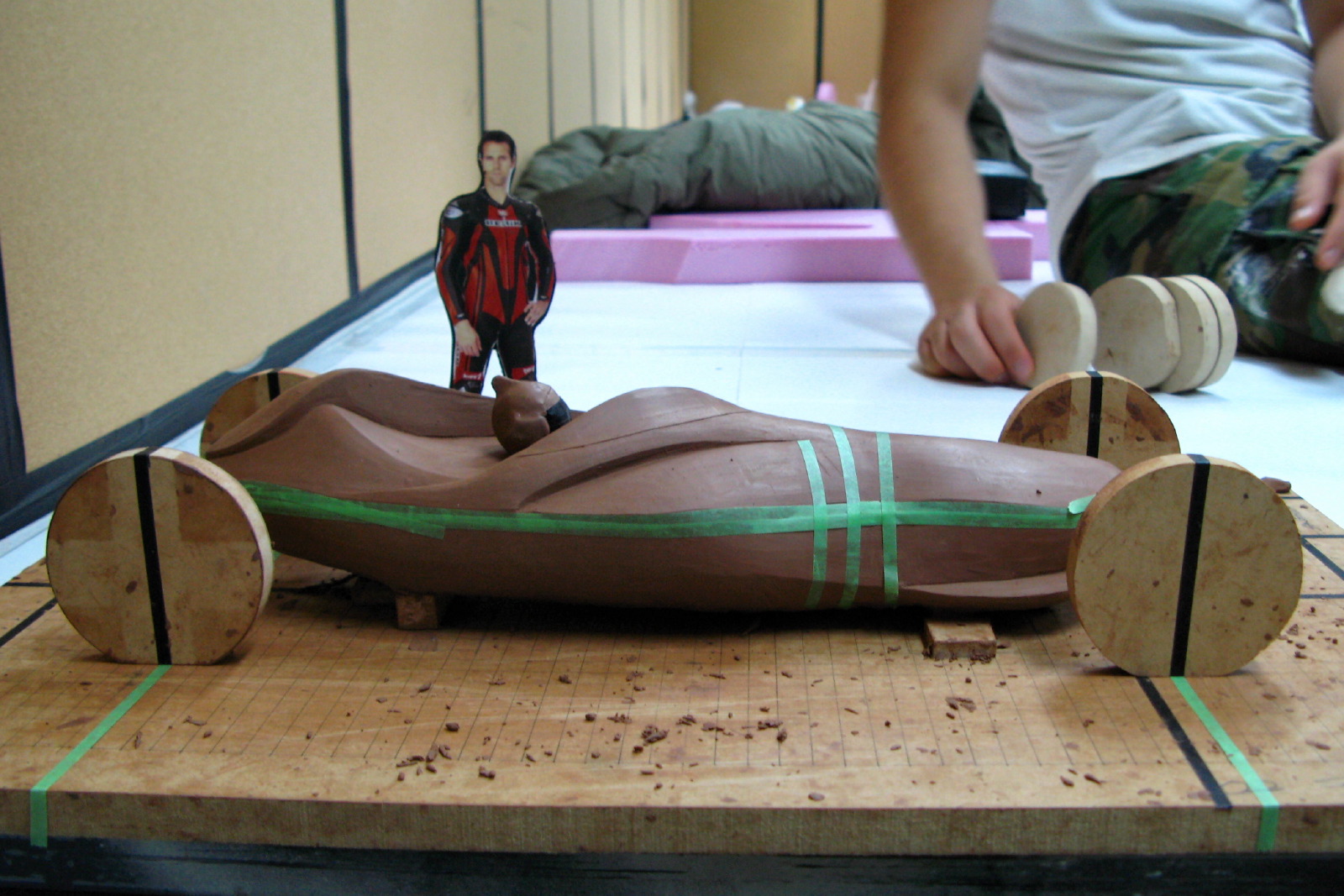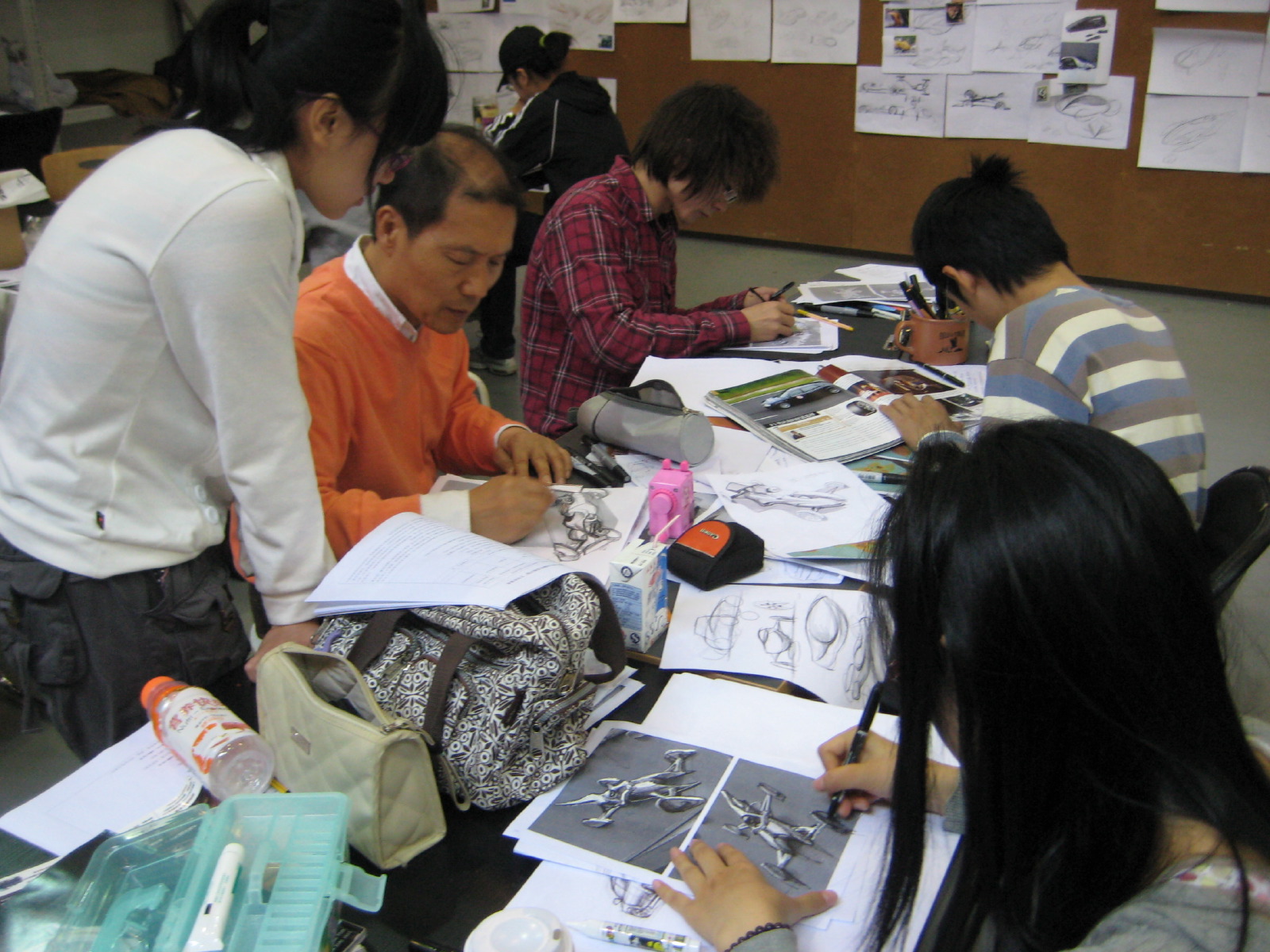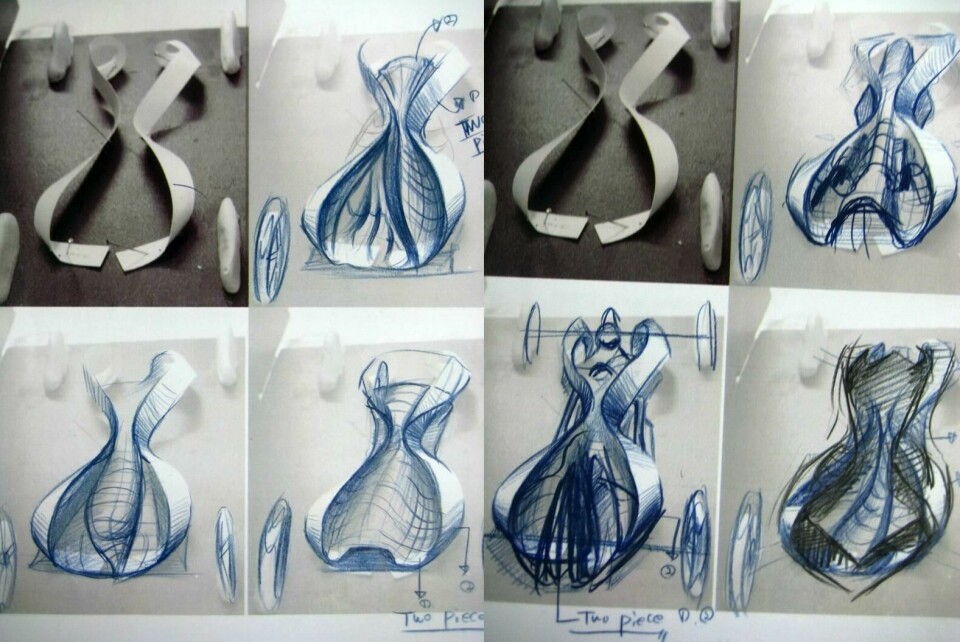
Hongik University’s transportation design process
Hongik University in Seoul, Korea, is one of the preeminent design schools in the country with a diverse range of programs. But the school’s transportation design department has also developed a unique approach for concept ideation
The specialization in transportation design starts in the second year for all undergraduate students. Their education concentrates mainly on creative ideas as well as the development of the students’ artistic skills and sketching abilities.
The third year is based on learning how to use digital tools, applying their design from paper to 3D clay models and digital models, package, renderings and virtual 3D presentations. They also study the structure and history of transportation. And in the fourth year, the students participate in a range of sponsored projects and focus on the major project model for the degree graduation show.
The second year, in particular, is the most important year of all. As the majority of students are newcomers to transportation design, the curriculum focuses on enhancing creativity through free form studies, helping them think out of the box and avoid stereotype solutions. There is usually a one-seat sports car project aimed at developing the student’s creativity.
Students gather images, building towards their initial concept, and use those images to quickly sketch a few of their key ideas. Depending on the student, they may express their thoughts using Photoshop or by creating a rough hand-made model with white clay. By modeling with white clay, the students come across unexpected ideas.
Once created, the models are photographed at different angles and the images printed on paper. The students then sketch on top of the model image. Using these sketches, the students construct new models, again from white clay and repeat this process two to three times. The repetition of this process is seen to be the most important aspect. The students can develop their design in 2D and 3D simultaneously, which accelerates ideation and design development in the early stages.
In the next stage, the layout of the package is reviewed and the surface of the model is produced using wire. The structure of the automobile is then understood in far greater detail. A template model may also be produced to improve the sense of knowledge of the body surface.
Photos of these models are again printed and the designing continues, adding details such as the interior, lamps, wheels, mechanical parts and suspension elements. The best sketch model is then picked out and drawn to a scale of 1:10, and modeled in clay. The process is finished with hard modeling and final presentation renderings.
This unique approach to concept development helps the students develop their imagination and creativity, producing a lot of unexpected ideas. And using materials such as paper and wire in the early form exploration also contributes to the understanding of materials - such as where sheet metal is twisted or used in tension - helping to produce more elegant or unique forms.
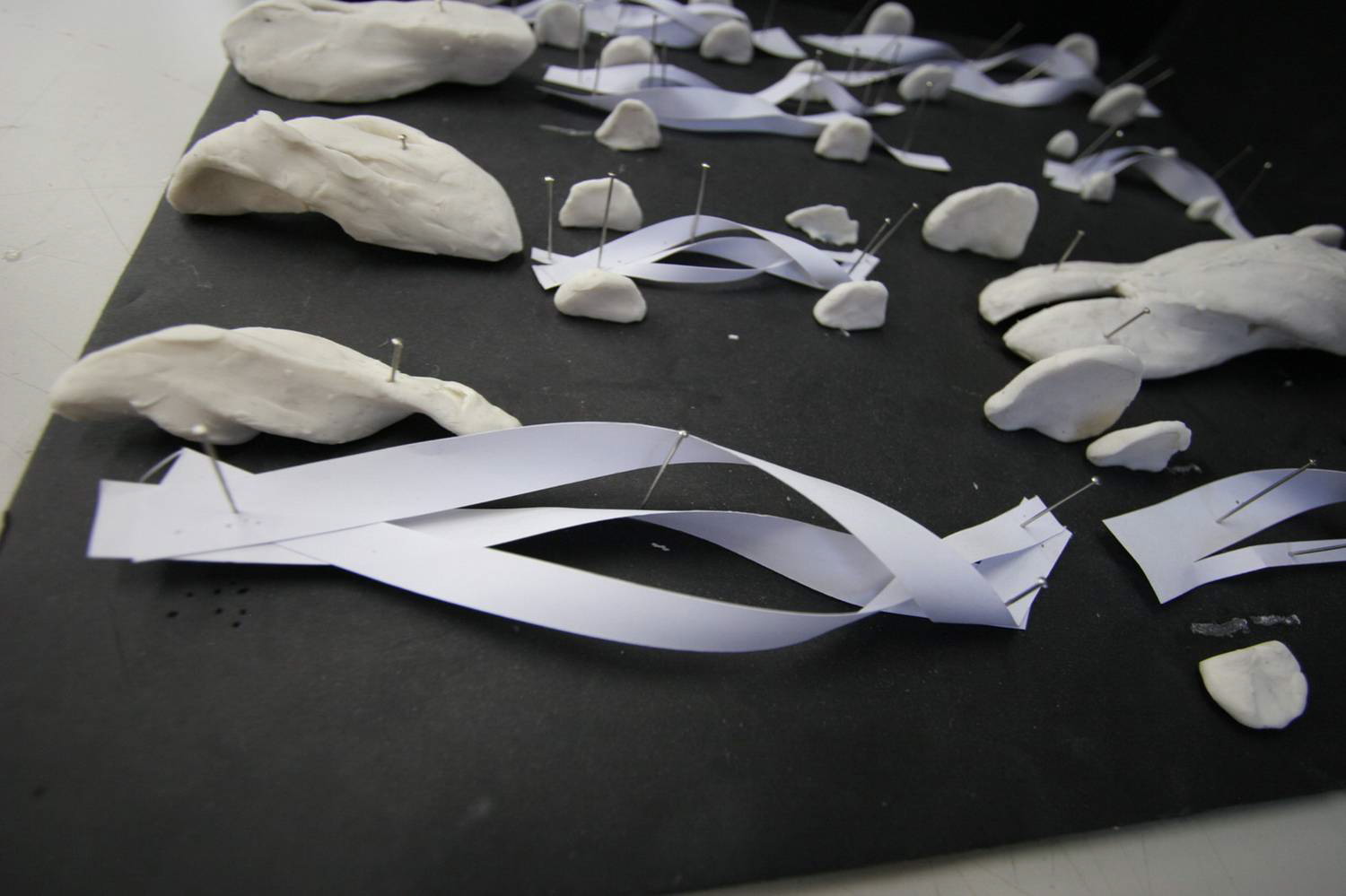
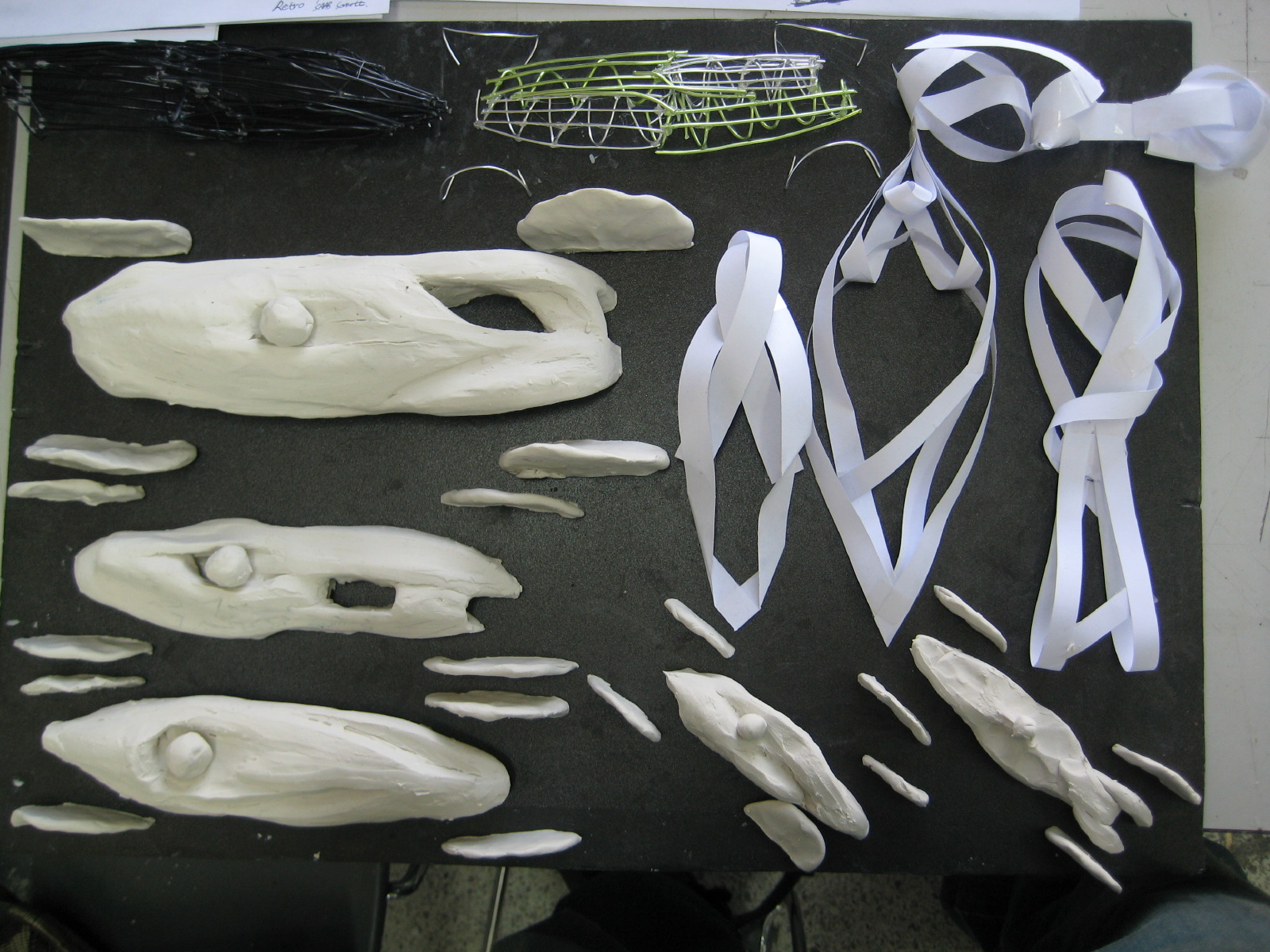


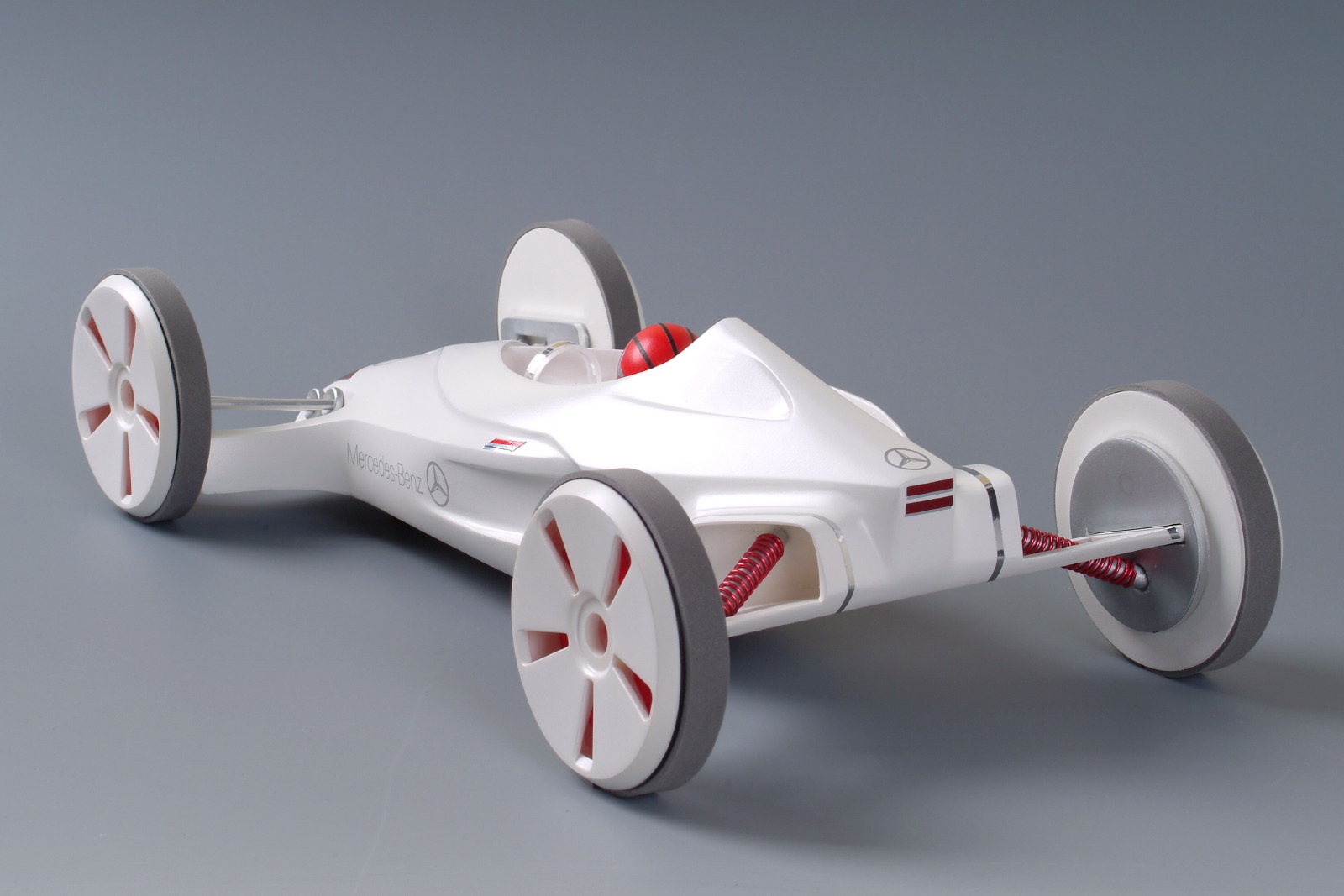

Hongik University in Seoul, Korea, is one of the preeminent design schools in the country with a diverse range of programs. But the school’s transportation design department has also developed a unique approach for concept ideation.
At the International Transportation Design Forum in Pforzheim, Germany, Professor Joo Hyun Chung from the school’s Transportation Design course gave Car Design News an exclusive insight into the process, explaining how students express their ideas into 3D surfaces directly, using materials such as paper and wire for the first exploration of the form rather than the traditional 2D to 3D process.

